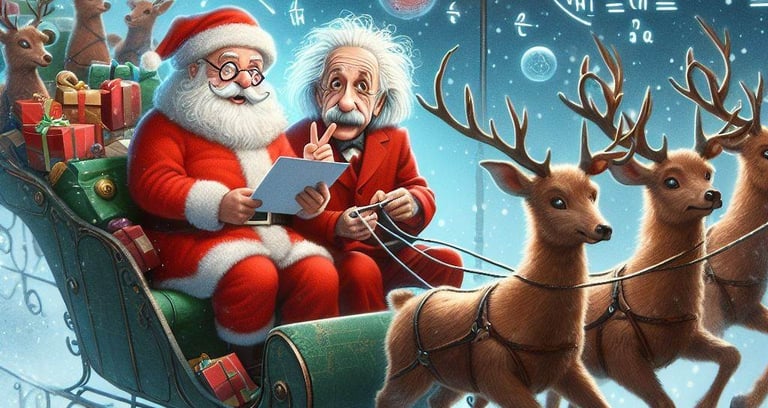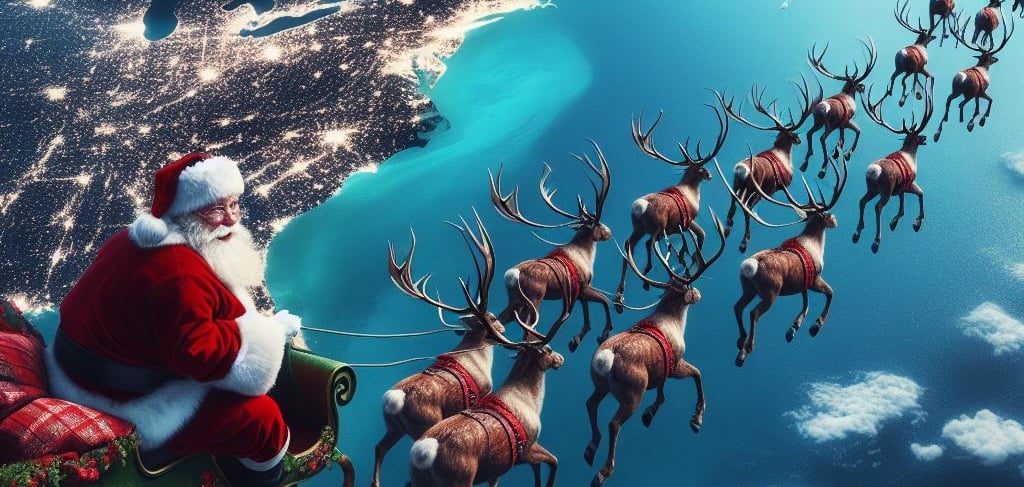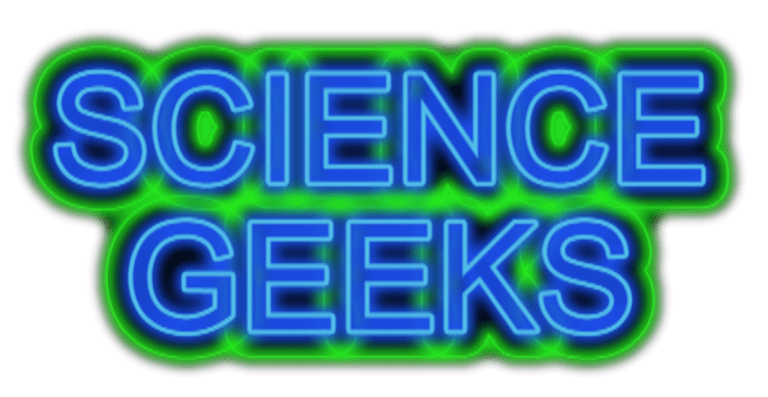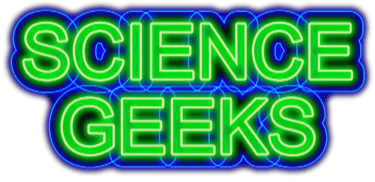THE SCIENCE OF CHRISTMAS
It's Christmas Time! And Christmas traditions are full of science and also lots of bad jokes. We can only apologise! Concentrate on the educational side instead! Chemistry, Biology and Physics all feature!
SCIENCE STORIES
Dave from Reprographics Edited by Mark Prince
12/17/20242 min read


The Science of Christmas
Christmas is a time of joy, celebration, and wonder. But have you ever thought about the science behind some of our favourite Christmas traditions? Let's “sleigh” this topic and explore the fascinating science of Christmas #illgetmycoat!
1. Christmas Lights
The twinkling lights that deck our halls are a staple of Christmas. These lights are typically made using LEDs (Light Emitting Diodes). LEDs are energy-efficient and long-lasting because they use a semiconductor to convert electricity into light. Unlike traditional incandescent bulbs, LEDs don't have a filament that burns out, making them perfect for lighting up our festive spirits and not burning your house down like the old incandescent bulbs, and even worse, candles, did.
2. Snowflakes
Snowflakes are a flurry of beauty and a symbol of winter wonder. Each snowflake is unique, formed when water vapor in the air freezes into ice crystals. The shape of a snowflake depends on the temperature and humidity of the atmosphere. At around -2°C, snowflakes form simple hexagonal shapes, while at -15°C, they develop more complex, branching structures. This process is a perfect example of crystallization in nature. Talk about a cool science fact!
3. Christmas Trees
The evergreen Christmas tree is a symbol of life and renewal. But why do we use evergreens? Evergreens, such as fir, pine, and spruce, retain their leaves throughout the year, even in winter. This resilience is due to their needle-like leaves, which have a thick, waxy coating that reduces water loss. This adaptation allows them to survive harsh winter conditions, making them a symbol of endurance and hope. It's tree-mendous! (Ed: Utterly awful joke. Should be banned)


4. Santa's Sleigh
Santa's sleigh, pulled by reindeer, is a magical part of Christmas lore. But how could Santa deliver presents to children all over the world in one night? If we think about it scientifically, Santa would need to travel at incredible speeds. Assuming he visits 500 million homes in 24 hours, he would need to travel at about 1,800 miles per second! While this is beyond our current technology, it's a fun way to think about the challenges of high-speed travel and the physics of motion. Santa sure knows how to sleigh the day! (Ed: Apologies. These jokes are horrendous)
5. Christmas Crackers
Christmas crackers are a fun tradition at many holiday dinners. When you pull a cracker, it makes a popping sound and reveals a small gift inside. The pop is caused by a small strip of chemically treated paper called a snap. When the cracker is pulled, friction ignites the chemicals, creating a small, safe explosion. This is a simple example of a chemical reaction in action. It's a real snap, crackle, and pop of fun! (Er… that’s breakfast cereal related… what’s that got to do with Crimbo? And also not funny!)
Conclusion
Christmas is not just a time for celebration but also a time to appreciate the wonders of science in our everyday traditions. From the lights on our trees to the snowflakes outside, science helps make the holiday season magical. So, next time you enjoy a Christmas tradition, take a moment to think about the science behind it! (Ed: Doubt anyone will after those jokes)
Have an ”ice day” and a Merry Christmas!.




